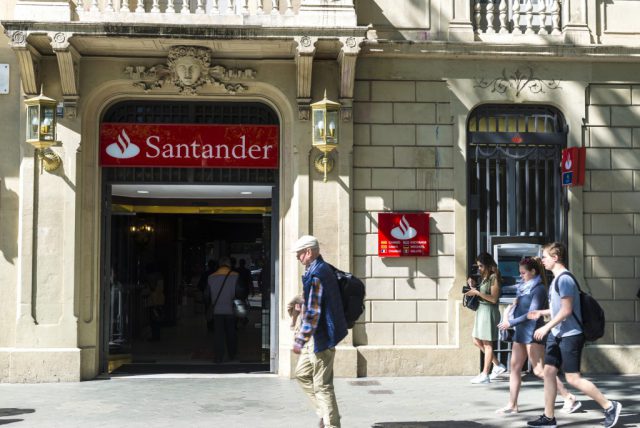Rental growth slows in the UK during Q1 of 2017
An increase in property options for tenants has led to a slower rate of rental growth in 2017 to date, with asking prices rising by just 1.8% year-on-year.
This is the smallest rate of annual growth since the final quarter of 2014 and less than half of the rate recorded one year ago, according to the most recent report from Rightmove.
Ups and downs
In addition, the data shows that for the first time since 2014, asking rents outside of London fell by 0.4% in the opening quarter of the year. This takes the average rent per month in the capital to £768.
Greater London saw average asking rents in the first three months of the year hit £1,937 per month-a rise of 1.5% quarter-on-quarter. Annually, falls have gone from a decline of 4.4% during the fourth quarter of 2016 to 4.2% in the first quarter of 2017.
What’s more, the report shows that new rental properties coming onto the market have been rising since the rush to purchase before last April’s 3% stamp duty hike. There are 12% more available properties for tenants to select from as opposed to the first quarter of 2016.
Lets
Rightmove also looked at the time taken to let a property, based on agents marking properties as let agreed on the portal. Nationally, this time is 10% longer on average than in the same period in 2016.
The time being taken to secure tenants has risen in all areas, with the exception of Wales, which has actually decreased by 5%.
Head of lettings at Rightmove, Sam Mitchell, said: ‘The supply boost following last year’s buy to let frenzy in the first few months of the year has continued through to 2017, introducing more competition in the market for letting agents trying to secure suitable tenants for their landlords’ properties.’[1]

Rental growth slows in the UK during Q1 of 2017
‘This extra choice for tenants in many areas has inevitably led to properties taking longer to let than this time last year. However, agents are still reporting that well-priced properties in popular areas are letting quickly,’ Mitchell continued.[1]
Concluding, Mitchell said: ‘Agents’ properties need to stand out even more than before, so carefully considering how your property is presented is really important. Now might be the right time to encourage landlords to give the place a lick of paint or some new furniture to give them the edge to help secure the right tenant.’[1]
[1] http://www.propertywire.com/news/uk/rental-growth-slowed-uk-first-quarter-2017/




